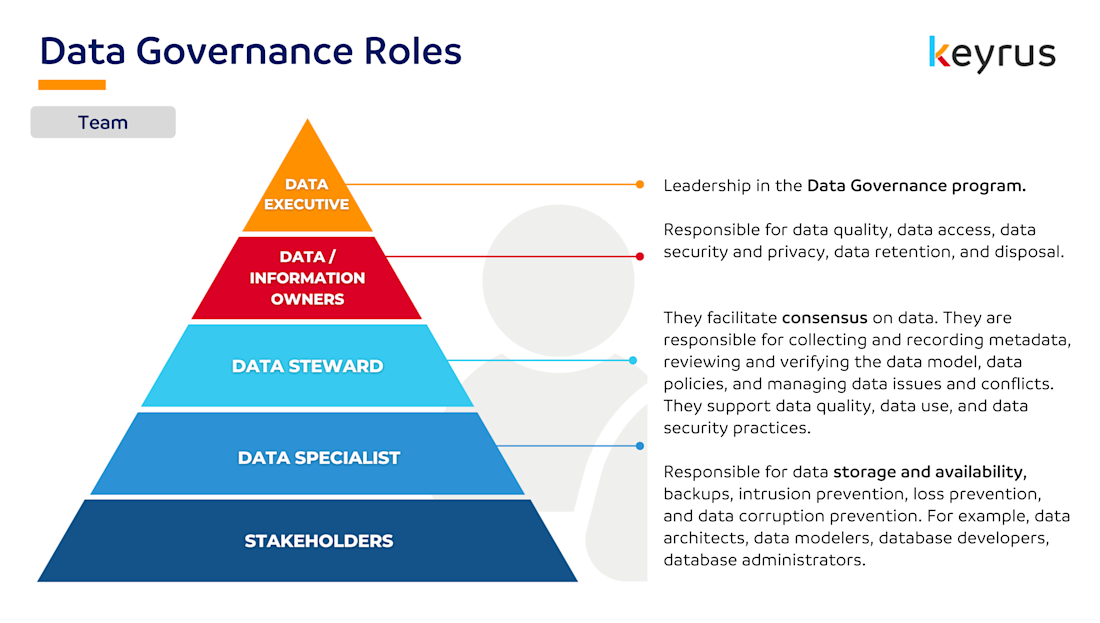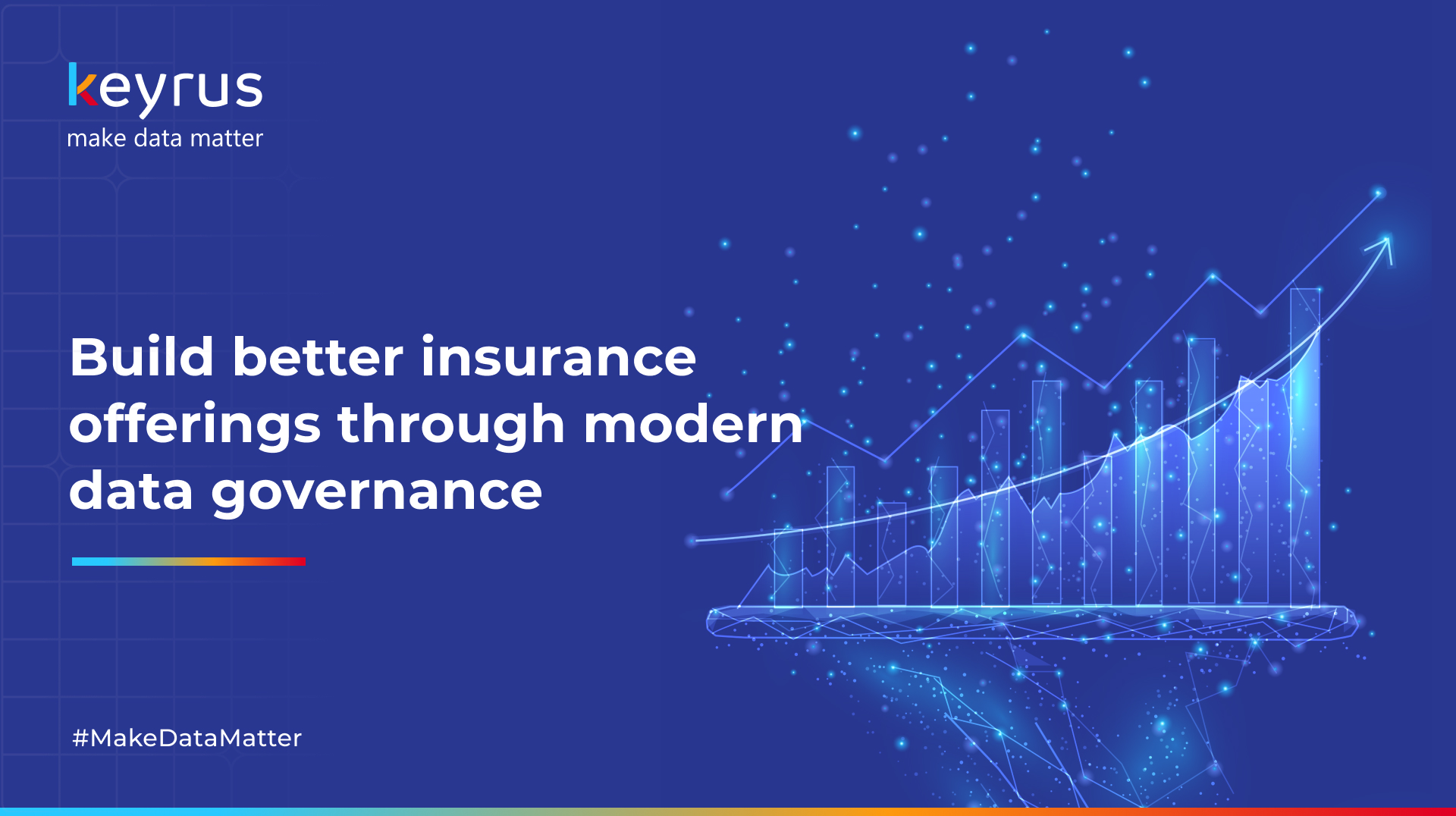What's the first thing you would do if you were going to renovate your house? Before anything else, you should have a clear idea: what you want and how you envision it in your mind. Once your goals are set, you could call the architect and explain your needs.
They would conduct a comprehensive inspection of your home, measuring the rooms, evaluating the condition of its structure, and understanding the materials and permits needed to carry out the renovation. Then, they could design the blueprints, provide you with a budget, and plan the roadmap for all the work required during the construction.
The same applies to businesses: just like in a home renovation, you need to assess the current state of the business to determine what is needed for effective change. Before implementing any strategy, you must "enter" the business, evaluate its state, identify existing needs, and understand the project's objectives for successful execution.
In this article, we will focus on the implementation strategy of data governance and the most relevant aspects when putting it into action. If you are interested in any data governance initiative but don't know where to start, keep reading - this is for you!
Methodology: 360° Maturity Model
Keyrus' methodological approach is based on obtaining a holistic view and data strategy from various perspectives. As we've seen, it's crucial to understand and measure the maturity of analytics in our clients. This helps in defining a data governance strategy that aligns with their expectations, capabilities, and expected results.
This procedure focuses on understanding the data environment and ecosystem, aiming to: • Assess how data is currently managed and used. • Evaluate how data contributes to creating value across the organization. • Extract quick wins and key recommendations based on the outcomes of various sessions and workshops.
Our maturity model encompasses the analysis of 7 dimensions, which are measured using a consistent set of criteria:
Strategy
Processes
Organization
People
Data Management
Architecture
Information
This methodology, developed by the Keyrus Group and identified as the 360° Maturity Model, is an essential driver that allows us to assess the current state of the company and the key elements required to achieve the desired future state. It covers both the operational and organizational aspects, as well as the necessary roadmap. This serves as a starting point for the proper execution of the data governance strategy.
In simplified terms, the model involves the following actions:
• Diagnosis: A comprehensive understanding of the data environment and data landscape is needed to define the shared data mission and vision of all stakeholders. This helps in comprehending the maturity level from various angles concerning data governance and its interrelation with data exploitation and visualization.
• Design the model: Choose a set of axes aligned with the client's needs. Once the gap for each axis is identified, design a scalable action plan, both organizationally and operationally, along with the goals to be achieved.
• Define a roadmap and experiment: Define a pilot with one or more use cases, easily attainable and measurable over time, based on the establishment of quick wins and metrics to validate its success.

From Zero to Data Governance Hero
Now that you have a complete understanding of the environment and data landscape, and you know your company's maturity level, it's time to launch your data governance initiative in line with the agreed vision and desired level of maturity.
We will provide you with a series of key steps to follow in this mission:
• Define your goals: The first step is to clearly define the objectives you want to achieve with your data governance strategy. This allows you to plan the necessary processes and tools to reach them. What do you expect to achieve through this strategy? Do you aim to improve data quality, enhance security, or reduce data management costs? It's essential that these objectives are specific and measurable, and they must be aligned with your organization's mission and vision, as well as legal and regulatory requirements.
• Identify key stakeholders: Involving all departments that handle information in your company, along with decision-makers, is crucial to ensure their needs and requirements are considered.
• Establish a data governance team: A data governance team is essential to ensure the strategy is correctly implemented. This team should include representatives from all areas of the organization that work with data, including IT, security, regulatory compliance, and business leaders.
• Design an appropriate organizational structure: Identify the roles of individuals in your organization who will be involved in implementing the data governance strategy and determine how the involved areas will be organized. This includes defining the responsibilities and expectations of each party for effective implementation.

• Set policies and rules: Create clear and concise data policies regarding how data should be collected, stored, processed, and used within your company. You will also need to establish quality standards to ensure data quality and define how data management risks will be managed. These data policies must be clear and concise so that all organization members understand and follow them.
• Select the right tools and technologies: It's time to evaluate various tools and technologies that can help implement effective data governance (master data management software, data integration solutions, data analysis, and data visualization tools, etc.). At Keyrus, we can help you find the right tool based on your usage type, data exploitation use case, or user type.
• Establish data management processes: You will need to define data management processes throughout the organization, from data collection and storage to its use and distribution. This includes identifying and resolving data quality issues.
• Democratization and awareness: You need to provide each user with what they need, and this shouldn't be restricted to the management layer, a group of technical users, or specific processes. You need an analytical solution that accommodates everyone. It's essential that all employees are aware of the importance of data governance and how they can contribute. They should also understand the risks associated with poor data management and how to avoid them.
• Evaluate and measure your strategy's performance: Monitoring and regularly auditing the implementation of the data governance strategy is crucial to ensure compliance with established policies and procedures. This helps identify areas for improvement and prevent potential security risks. To do this, you must establish metrics and KPIs to assess performance and make necessary adjustments when needed.
Every Effort Has Its Reward
After all the effort put into implementation, the benefits arrive. Let's go through all the advantages that a proper data governance strategy will provide to your company:
• Make more informed decisions: Data governance will help you effectively manage your data, allowing you to make more informed and well-supported decisions. Access to accurate, up-to-date, and high-quality data makes decision-making much more strategic, driving growth and profitability.
• Risk reduction: A well-implemented data governance strategy can help reduce risks related to security, privacy, and regulatory compliance. Efficient data management minimizes risks associated with data breaches, data loss, and information theft.
• Cost savings: Implementing a data management strategy allows you to reduce costs associated with redundant, inaccurate, or duplicate data, data cleansing, and problem resolution related to data quality.
• Higher customer satisfaction: Demonstrating compliance with internal and external data policies will make customers and partners feel more secure, strengthening your relationships. It will also help you better understand your customers and their needs, as having access to their data allows you to personalize their experiences and increase satisfaction.
• Greater accessibility: Data governance allows more employees to access more data with the assurance that the data is always appropriate and this

We won't deny that implementing a Data Governance methodology involves a significant organizational and technological effort – that's a fact. However, embarking on this journey alone and unguided is not the same as doing it with experts by your side. At Keyrus, we guide you through your entire Data Journey, regardless of your level in Analytics. We assist you in making the adventure towards data governance much more manageable and secure, and, above all, worthwhile.
